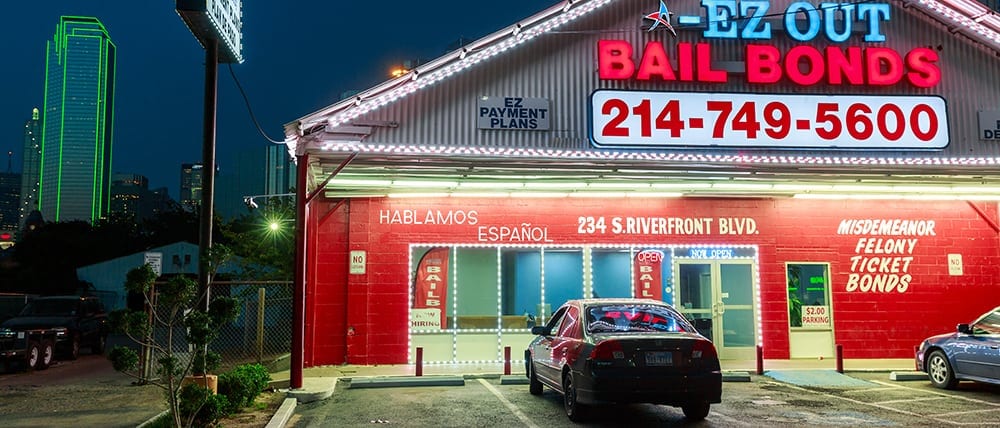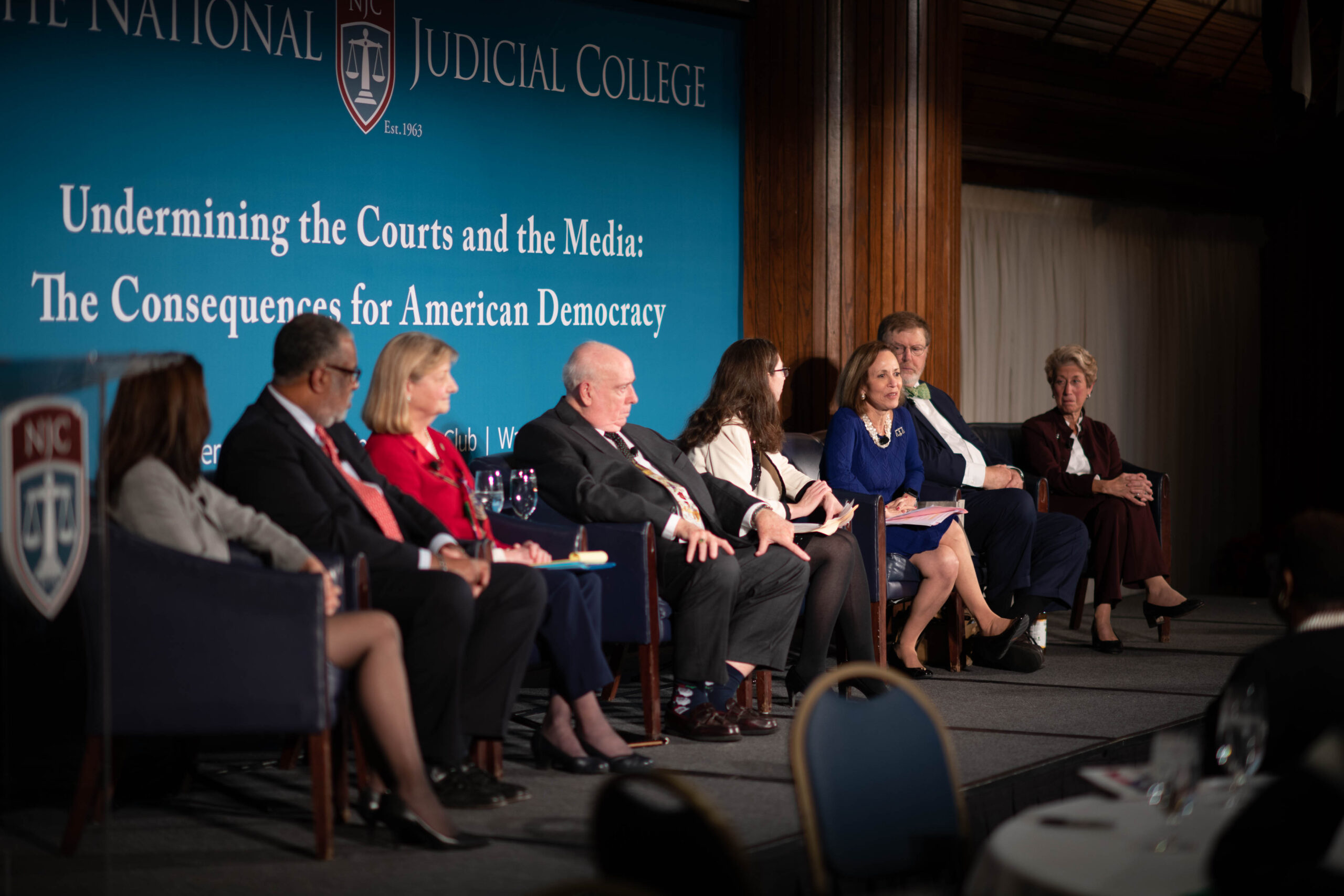

The national movement to reform money bail in America received a boost this October when a yearlong study backed by the chief justice of California recommended moving away from money bail because it discriminates against people and families with little savings or income.
An NJC survey, however, suggests that most judges aren’t in favor of abandoning the system.
Our Question of the Month for November asked, “Should the money-based bail system be abolished?” Of more than 800 judges who responded, 69 percent said no—it shouldn’t be abolished. More than 215 provided comments.
Among the majority, the reason for keeping money bail is simple—it works.
“Money talks, and it gets people to court,” one judge commented anonymously, as was the case with most of the comments. Other bail methods, such as signature bonds or return on own recognizance, aren’t as effective, many judges wrote.
The California study, by a pretrial detention reform workgroup, recommended replacing money bail with a risk-based assessment and supervision program. These programs determine whether defendants should be jailed before trial based on their public safety threat and flight risk.
Some judges in rural areas argued that this approach is unrealistic because their jurisdiction lacks the resources to supervise released defendants.
One judge wrote that courts should be more concerned with public safety than the rights of the accused. Another wrote that the software used risk assessments is not reliable enough to make detention decisions.
“I’m not going to [release] a capital murder suspect because they are a zero on the risk assessment!” the judge wrote.
Two judges cited the recent experiences in New Mexico, where efforts at bail reform have coincided with rising rates of property and violent crime in Albuquerque.
Judges who favor of bail reform overwhelmingly expressed concern about money bail being unfair to indigent defendants. They said decisions to release should be based on risk to the public and flight risk—not income. They worried about jail becoming a “debtor’s prison.” One went so far as to assert, “The only real beneficiary (of money bail) is the bail-bond industry.”
Advocates for bail reform argue that supervised-release options are more effective than money bail and more economical, too. It’s estimated that the U.S. spends $9 billion each year in pre-trial detention, according to research commissioned by the Laura and John Arnold Foundation.
Many judges critical of money bail wrote that they favor modifying the system rather than abandoning it. Other judges prefer a hybrid system where they retain the option of setting money bail when necessary but can opt for other release and pre-trial programs as well.
Other judges, however, insisted the system is not broken and they are using it fairly.
“The bail system is a time-tested, fair, constitutional system of reducing jail population and the attendant costs to the county while ensuring the criminal defendant appears in court,” wrote one judge. “The idea of an individualized, ‘threat-based’ assessment of each defendant in our already overburdened courts is, at best, naïve and, at worst, dangerous.”
The NJC’s Question of the Month survey is an opportunity for the College’s more than 12,000 alumni to express their views on issues. It is not a scientific survey, and publication of the results should not be considered advocacy.

CHICAGO – The American Bar Association Judicial Division announced recently that TheNational Ju...

The National Judicial College is mourning the loss of former faculty member Judge Duane Harves, who passed ...

As the world manages an evolving natural environment, The National Judicial College announced today that it...

Do’s Manage your cases systematically Devise a system that works for you and your organizational...

After 22 years of teaching judges, Tennessee Senior Judge Don Ash will retire as a regular faculty member a...